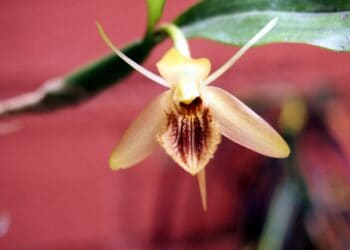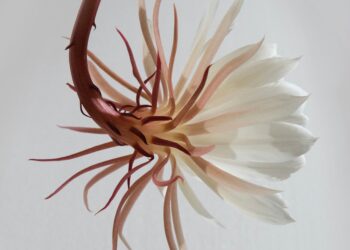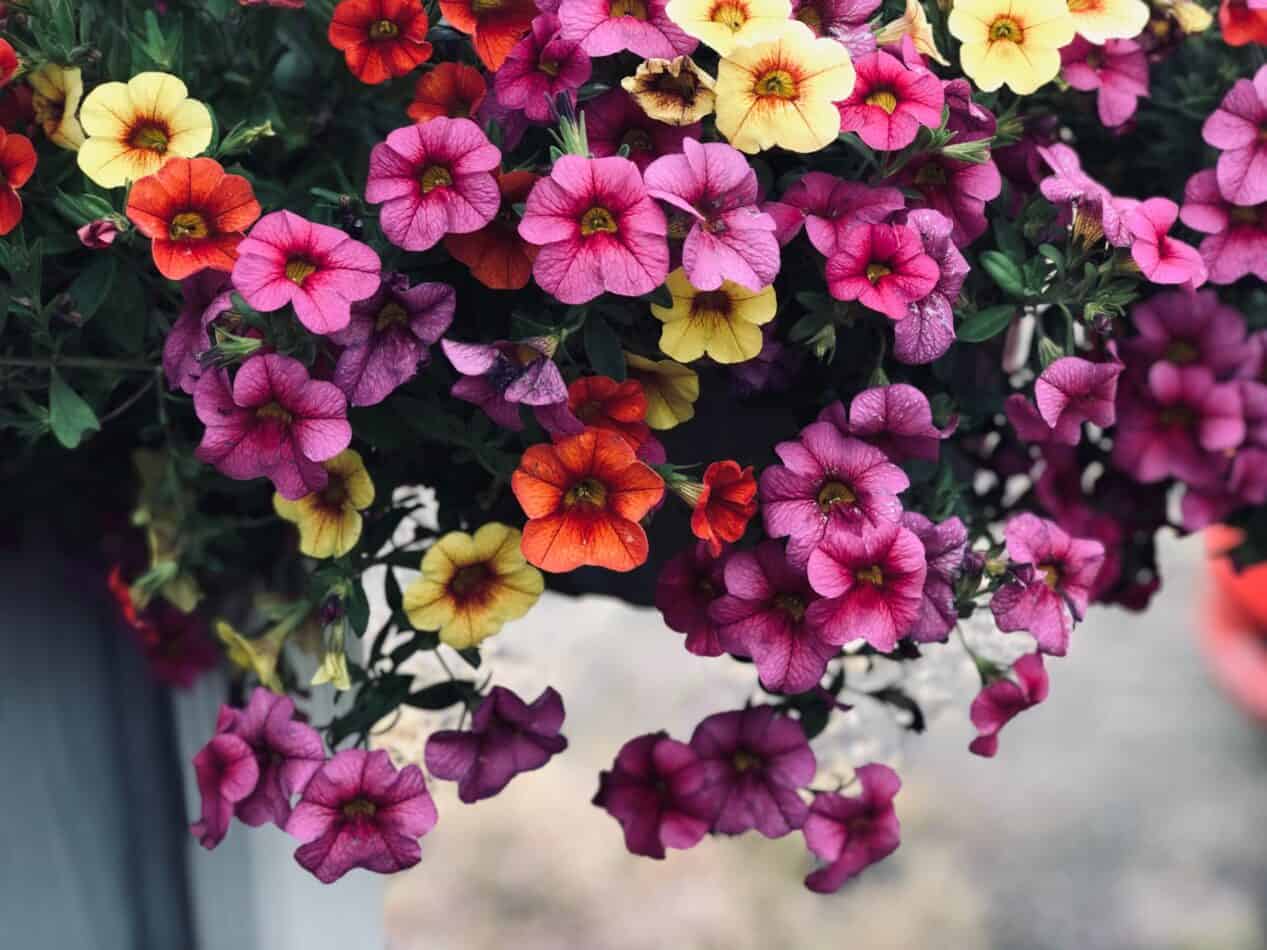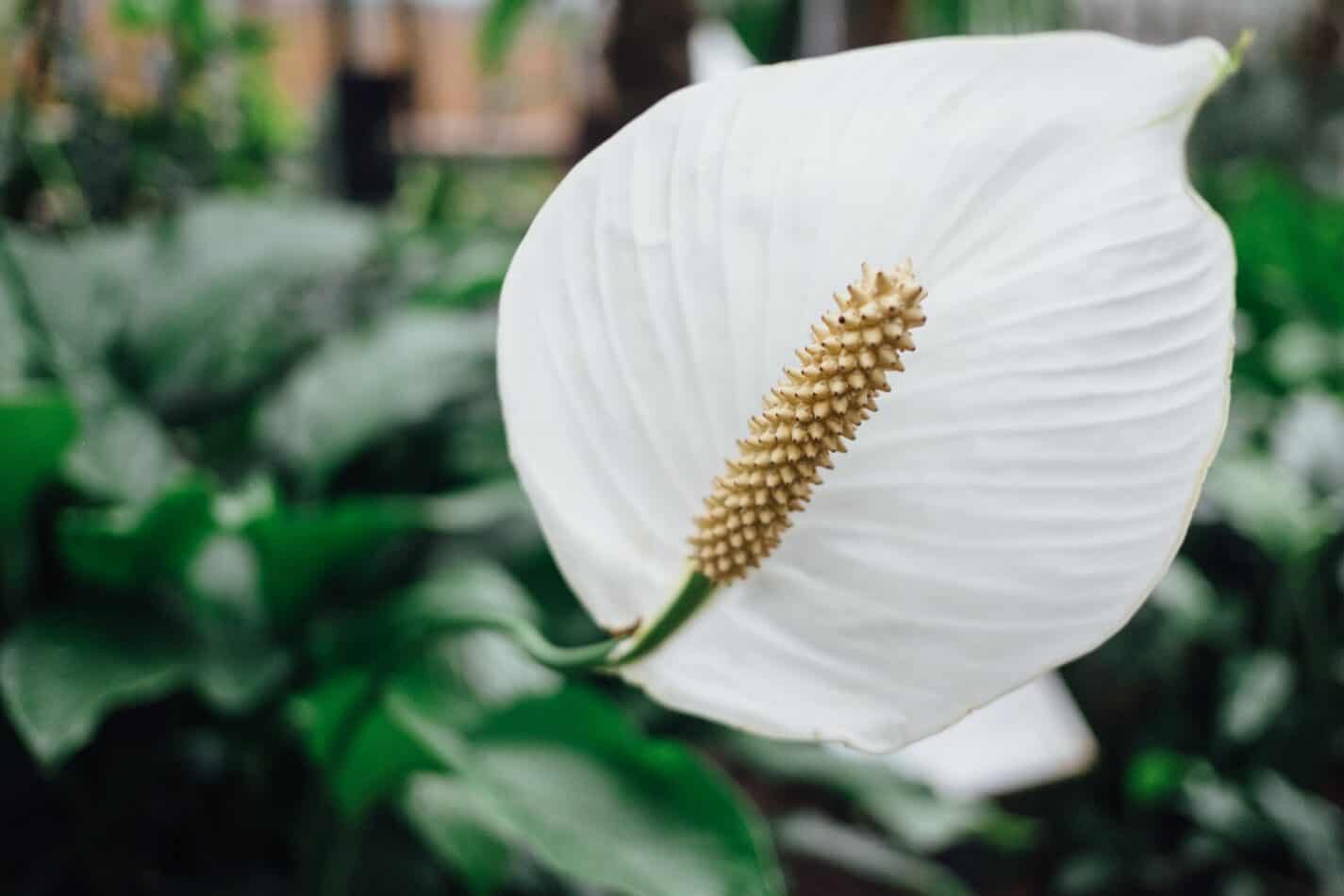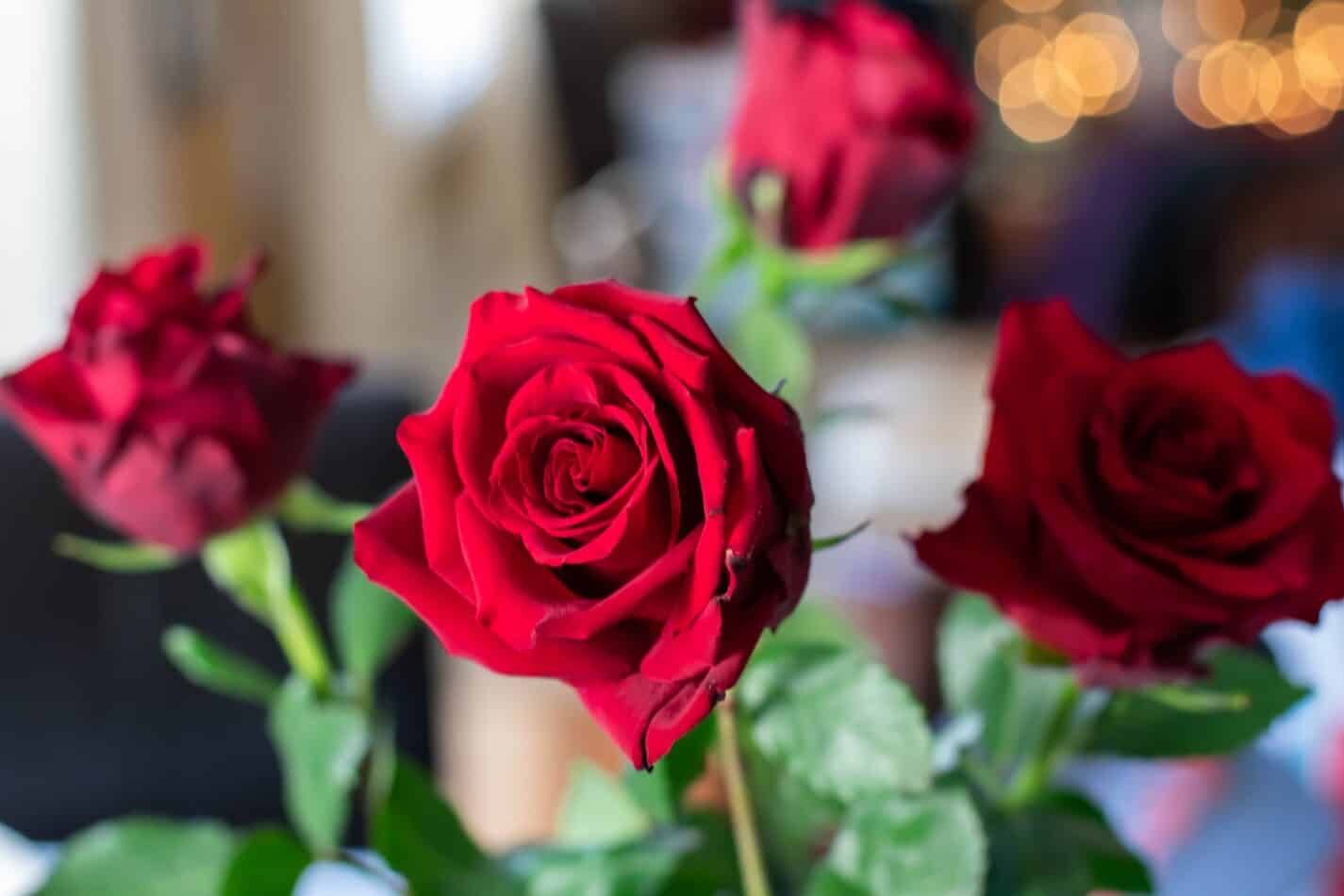Flowers symbolizing fertility date back to ancient times, when flowers were seen as representations of the earth’s ability to produce new life. In many ancient societies, such as those in Greece and Rome, flowers were associated with fertility gods and goddesses, who were believed to have the power to bring forth new life, whether in the form of crops, animals, or humans.
As societies evolved, the symbolism of flowers as representations of fertility became more nuanced and varied, with different cultures and religions developing their own unique associations between flowers and the concept of fertility. In many cases, flowers were used in religious ceremonies and rituals, serving as a powerful visual reminder of the potential for growth and renewal that existed within nature and the human spirit.
In some cultures, specific flowers were associated with fertility due to their unique physical characteristics or symbolic associations. Today, flowers continue to be used as symbols of fertility, both in religious and secular contexts.
From the use of flowers in wedding ceremonies to the inclusion of floral motifs in art and literature, the enduring symbolism of flowers as representations of growth, reproduction, and new life remains a powerful and universal symbol of hope, renewal, and the limitless potential for human creativity and growth.

Historical Meanings
The use of flowers as symbols of fertility in ancient societies was closely tied to their agricultural practices, as the success of crops was seen as essential for the survival and prosperity of communities. In Greece and Rome, the goddesses Demeter and Flora were two of the most prominent figures associated with the fertility of the earth and the growth of crops.
In Greek mythology, Demeter was the goddess of agriculture and was often depicted holding a sheaf of wheat or a sickle. She was also closely associated with the seasons and was believed to have the power to bring forth spring and summer by allowing the crops to grow. The corn poppy, with its vibrant red petals and association with abundance, became closely tied to Demeter’s mythos and was often used as a symbol of fertility in ancient Greece.
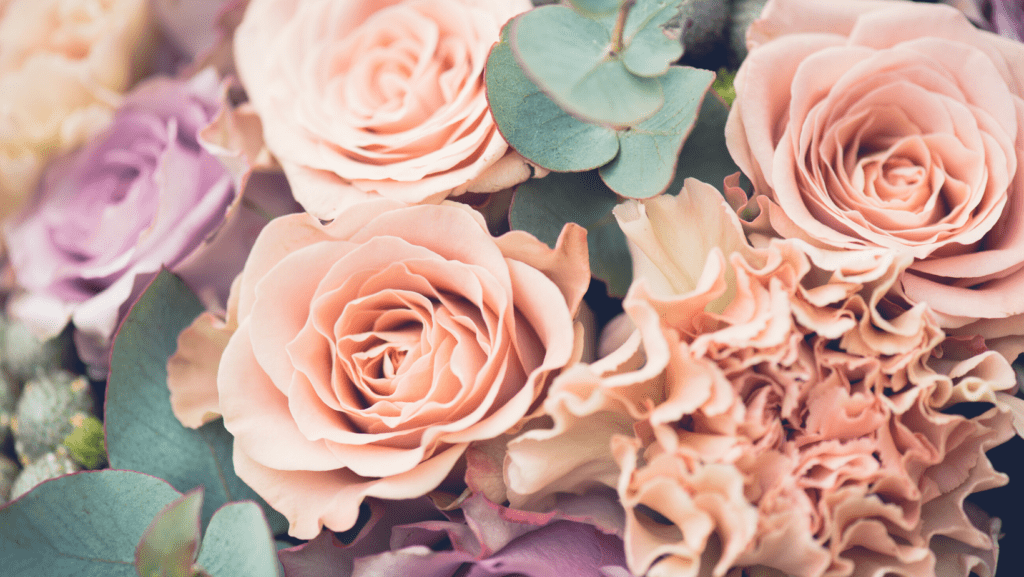 In ancient Rome, the goddess Flora was similarly associated with the blooming of flowers in the springtime. She was often depicted wearing a crown of flowers, and was believed to have the power to make flowers grow and bloom. In Roman mythology, Flora was also associated with the abundance of crops and was believed to have the power to bring forth a bountiful harvest. As a result, flowers such as the cornucopia, which represented the overflowing abundance of fruits and vegetables, were often included in depictions of Flora.
In ancient Rome, the goddess Flora was similarly associated with the blooming of flowers in the springtime. She was often depicted wearing a crown of flowers, and was believed to have the power to make flowers grow and bloom. In Roman mythology, Flora was also associated with the abundance of crops and was believed to have the power to bring forth a bountiful harvest. As a result, flowers such as the cornucopia, which represented the overflowing abundance of fruits and vegetables, were often included in depictions of Flora.
Overall, the use of flowers as symbols of fertility in ancient societies was closely tied to the importance of agriculture and the need for a bountiful harvest. By associating flowers with the goddesses Demeter and Flora, these societies sought to pay homage to the power of nature and the ability of the earth to produce new life. The enduring symbolism of flowers as representations of growth, reproduction, and new life continues to this day, serving as a powerful reminder of the enduring cycle of life and the limitless potential for human creativity and renewal.
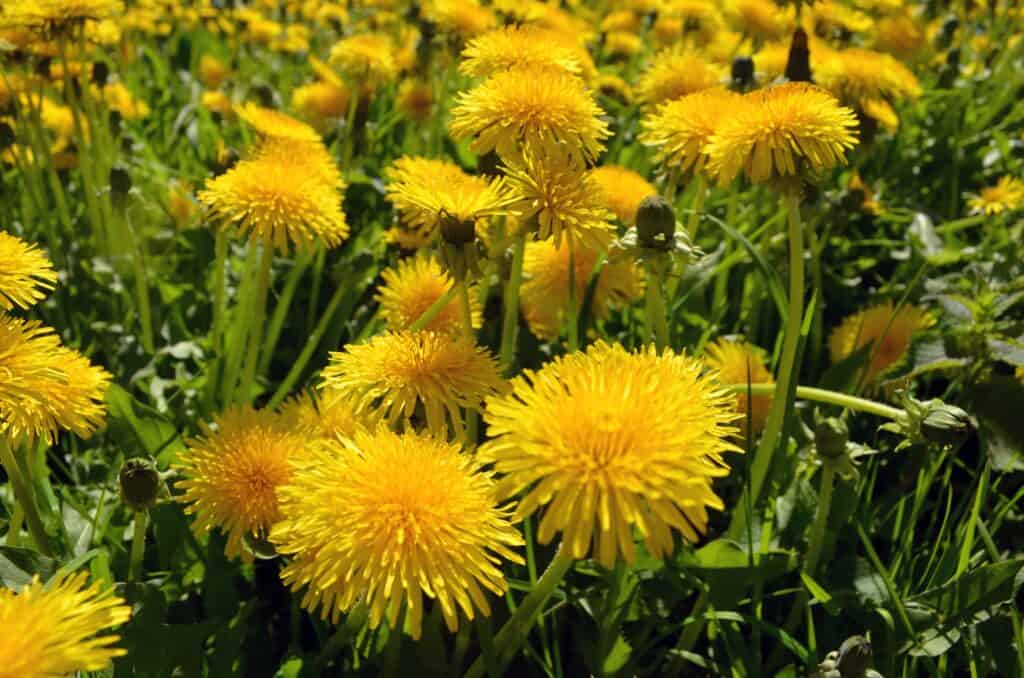 Mythology
Mythology
In addition to their use in ancient societies, flowers have also played a significant role in mythology as symbols of fertility. Across various cultures and religions, different flowers have been associated with powerful gods and goddesses, serving as potent symbols of their strength and influence. Some examples of flowers as symbols of fertility in mythology include:
- In Norse mythology, the goddess Freya was associated with the daisy, which was believed to have been created from her tears. The daisy was often used in love spells and fertility rituals, and was considered a powerful symbol of love and fertility.
- In Greek mythology, the goddess Aphrodite was often depicted with roses, which were believed to have grown from the tears of her lover Adonis. The rose became a symbol of love and beauty, representing the power of desire and passion.
- In Hinduism, the lotus flower is associated with the god Vishnu, who is often depicted sitting on a lotus flower. The lotus flower is also a symbol of purity and enlightenment, representing the potential for spiritual growth and awakening.
- In Japanese mythology, the cherry blossom is associated with the goddess of spring, Konohana Sakuya-hime. The cherry blossom is believed to represent the ephemeral nature of life, and is often associated with the concept of renewal and new beginnings.
The use of Flowers Symbolizing fertility in mythology reflects the powerful role that nature and the natural world have played in shaping human culture and belief systems. Whether used in love spells or religious rituals, flowers continue to serve as potent symbols of growth, renewal, and the potential for new life.
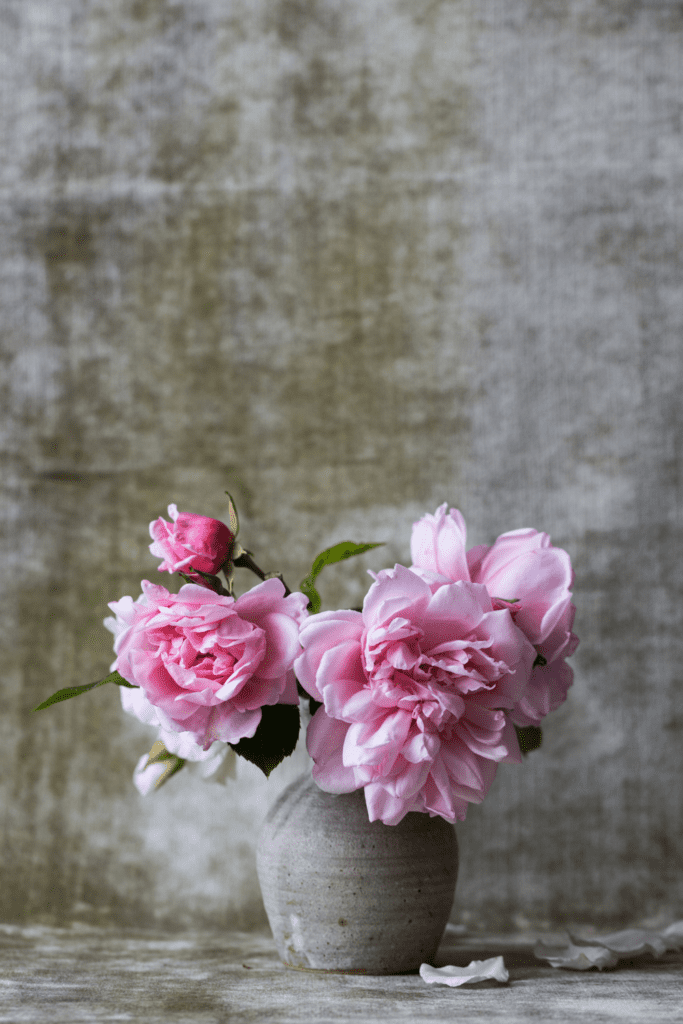 Religious Significance
Religious Significance
Religion has also played a significant role in the use of flowers as symbols of fertility. Across different faiths and traditions, various flowers have been associated with religious figures, practices, and beliefs. Some examples of flowers as symbols of fertility in different religions include:
- In Christianity, the lily is often associated with fertility and purity, and is used as a symbol of the Virgin Mary’s purity and fertility. The white lily, in particular, is associated with the resurrection of Christ, and is often used in Easter celebrations.
- In Judaism, the rose is a symbol of fertility and is often used in wedding ceremonies. The rose also has religious significance in the Song of Songs, where it is used as a metaphor for the love between God and humanity.
- In Islam, the hibiscus is associated with fertility, and is often used in fertility rituals. The hibiscus is also believed to have healing properties, and is used in traditional medicine.
- In Buddhism, the lotus flower is a symbol of fertility and purity, and represents the potential for spiritual growth and enlightenment. The lotus is often used in Buddhist art and architecture, and is a common motif in Buddhist temples and shrines.
In all of these religious traditions, flowers are used as symbols of fertility and the potential for new life. They represent the power of nature and the divine, and serve as reminders of the beauty and wonder of the natural world. Whether used in religious rituals, art, or everyday life, flowers continue to hold a special place in human culture and imagination.
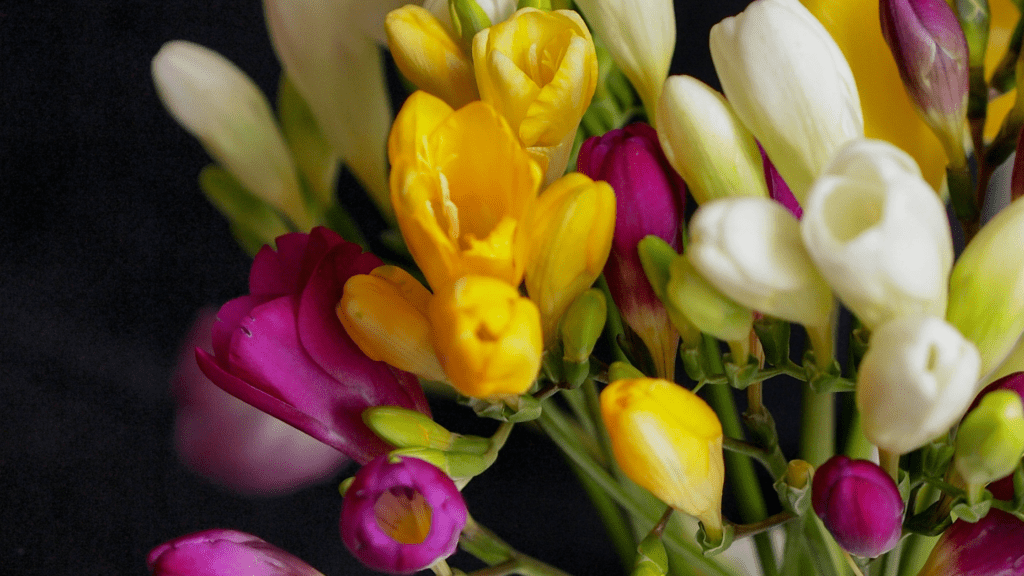 Flowers Symbolizing Fertility
Flowers Symbolizing Fertility
These five flowers have been used as symbols of fertility in various cultures and religions around the world. Each flower represents the potential for growth, reproduction, and new life, and has played a significant role in shaping our understanding of fertility and the cycle of life.
- Lily: The lily is perhaps the most well-known flower symbolizing fertility. In Christianity, the white lily is often associated with the Virgin Mary’s purity and fertility. The lily’s white petals represent the purity and innocence of the Virgin Mary, while its yellow center represents her fertility. The lily is also a symbol of the resurrection of Christ.
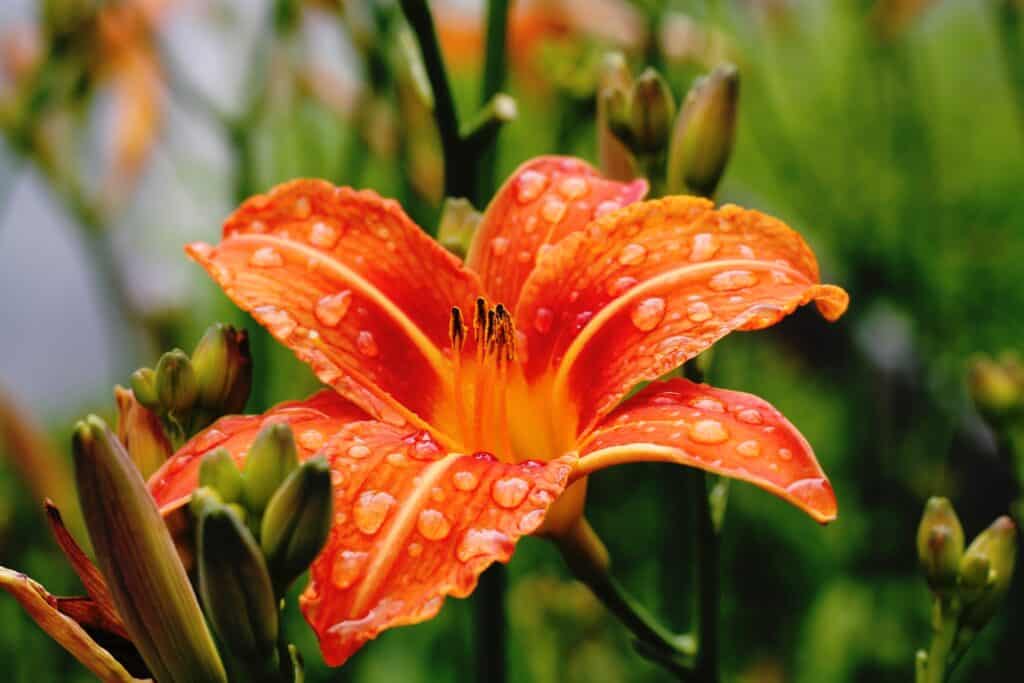
Rose: The rose is another flower commonly associated with fertility. In Judaism, the rose is often used in wedding ceremonies as a symbol of fertility and love. In ancient Greece, the rose was associated with Aphrodite, the goddess of love, beauty, and fertility. The rose’s beautiful, delicate petals symbolize the potential for new life and growth.
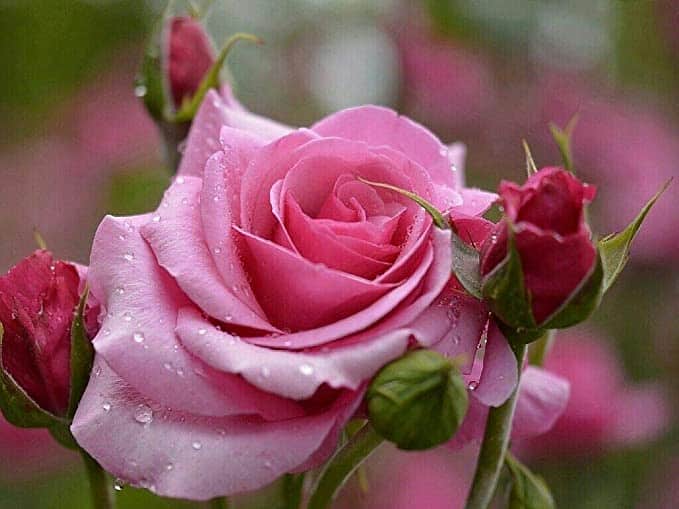
Lotus: The lotus flower is a powerful symbol of fertility and spiritual growth in Hinduism and Buddhism. In Hinduism, the lotus is associated with the god Vishnu, who is often depicted sitting on a lotus flower. The lotus also symbolizes purity and enlightenment, representing the potential for spiritual growth and awakening.
Hibiscus: The hibiscus is a flower commonly associated with fertility in Islamic culture. In some Middle Eastern countries, it is believed that drinking hibiscus tea can increase fertility. The hibiscus flower’s bright colors and unique shape symbolize the potential for growth and new life.
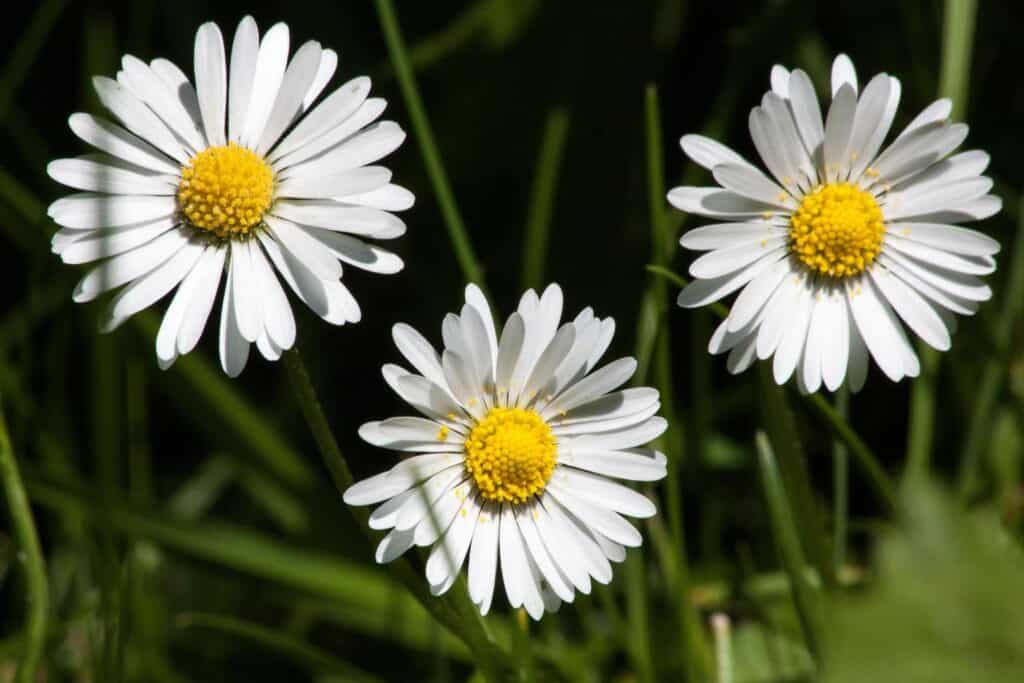 Daisy: The daisy has been used as a symbol of fertility in various cultures throughout history. In Norse mythology, the daisy was believed to have been created from the tears of the goddess Freya, who was associated with love, fertility, and beauty. The daisy’s simple, white petals represent the potential for new life and growth.
Daisy: The daisy has been used as a symbol of fertility in various cultures throughout history. In Norse mythology, the daisy was believed to have been created from the tears of the goddess Freya, who was associated with love, fertility, and beauty. The daisy’s simple, white petals represent the potential for new life and growth.
The symbolic significance of flowers as fertility symbols has transcended time and culture. Through history, mythology, and religion, flowers have been used to represent fertility, growth, and the potential for new life. The use of flowers as symbols of fertility can be traced back to ancient times, where they were often used in agricultural societies to symbolize the abundance of crops and the fertility of the earth.
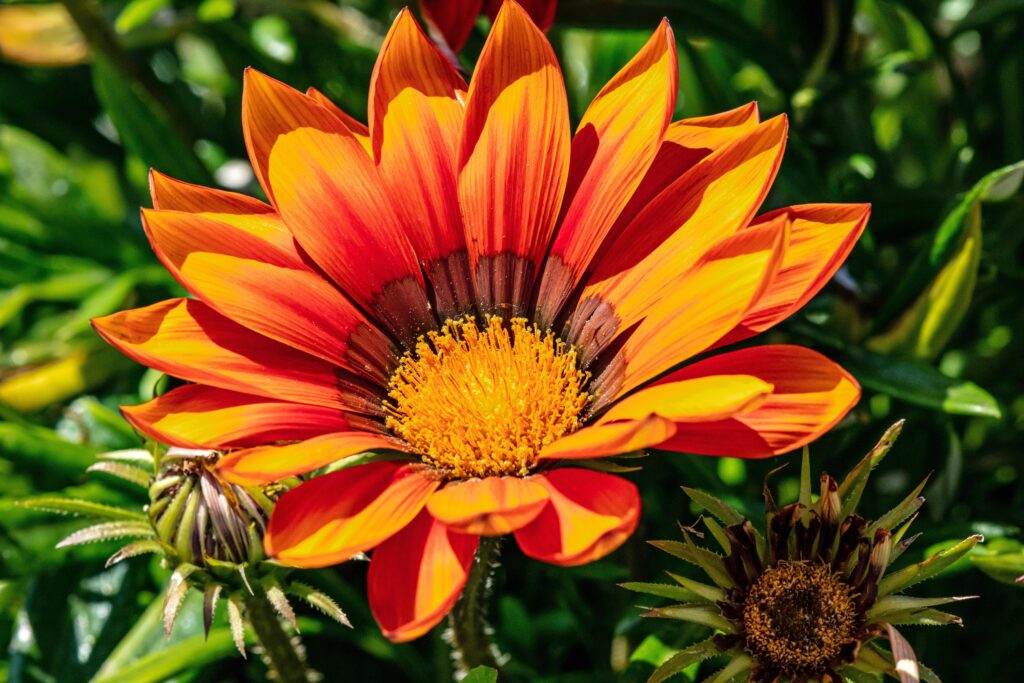
Despite the differences in cultural and religious contexts, the symbolism of flowers as fertility symbols remains a universal theme. Flowers continue to inspire and captivate us with their beauty and fragility, reminding us of the constant cycle of birth, growth, and renewal. Whether used in traditional ceremonies or as decorative elements, flowers remain a powerful symbol of fertility and the enduring cycle of life.
What we love from Amazon this week
Buy these wonderful flowers directly from Amazon:





